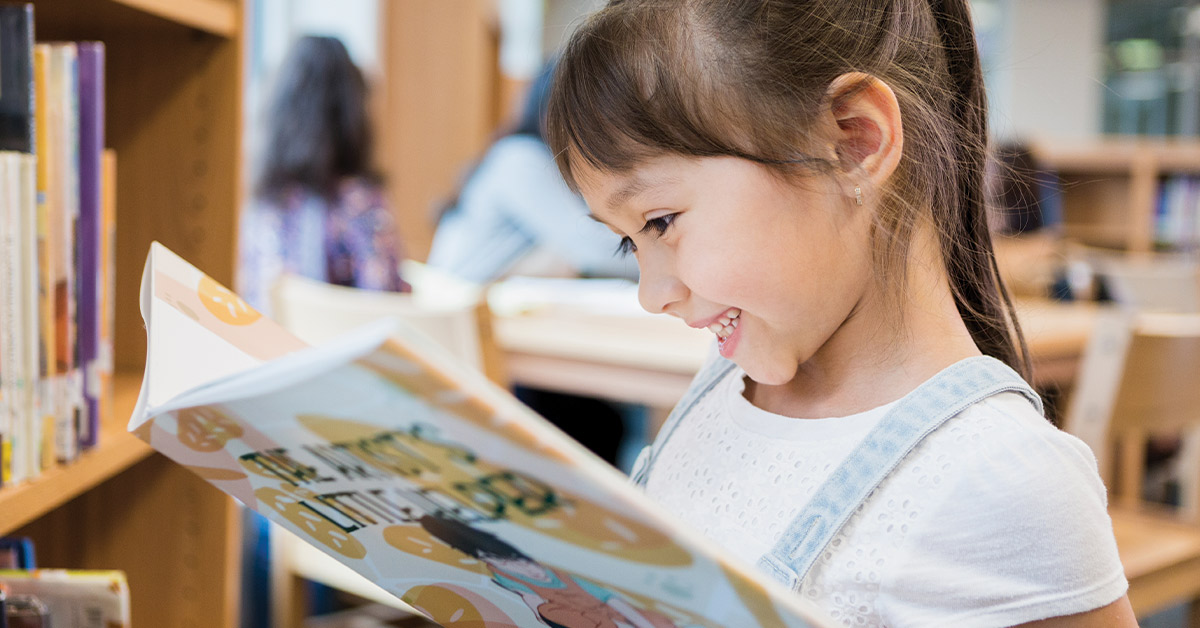
California has a new literacy goal for its students: By 2026, every child will learn to read by third grade.
State Superintendent of Public Instruction Tony Thurmond was joined by various California education leaders in September to announce the new literacy initiative. “We already know that when students learn to read, they can read to learn anything — that this is gateway skill that can carry them to any point in their life and their career,” he said. “We also know that when students don’t learn to read by third grade, they are at greater risk of dropping out of school and they are at greater risk to end up in the criminal justice system.”
Speakers from the Assembly, California Teachers Association, National Center for Urban School Transformation, Early Edge, Education Trust-West, California Collaborative for Educational Excellence and Attendance Works spoke at the event, often sharing personal stories of struggle that education helped them to overcome.
The initiative will be supported through a newly appointed Statewide Literacy Task Force that will bring together practitioners, advocates, researchers, foundation partners, thought leaders, students, parents and other experts to identify key strategies for advancing this goal. The Statewide Literacy Task Force will be co-chaired by State Board President Linda Darling-Hammond and Napa County Office of Education Superintendent Barbara Nemko, among others.
Two assemblymembers joined Thurmond and pledged to sponsor meaningful legislation that will support the goal of every California student reading fluently by third grade. Newly elected Assemblymember Mia Bonta (D-Alameda), former president of the Alameda Unified School District board, shared her experience on the Alameda USD board. “I’ve witnessed firsthand the struggles of California students with achieving grade-level literacy and biliteracy and the struggles we have all been witness to with the exacerbation of the pandemic,” Bonta said. “Literacy is what I believe to be the surest path toward justice and true democracy in our state and in this country.”
Assemblymember Jim Frazier (D-Fairfield) grew emotional as he shared his own story of growing up with dyslexia. “I was one of those children with dyslexia — it was embarrassing, humiliating and I was always being called stupid or lazy,” he said. “This is a moment to recognize and teach children how they learn, instead of enforcing how we want them to learn, and it is going to be a game changer. I want to leverage my position to make sure that other people have an opportunity to excel.”
Dr. Francisco Escobedo, director of the National Center for Urban School Transformation and former Chula Vista Elementary School District superintendent, spoke of how life changing a solid foundation in literacy can be.
“This is transformational because research indicates that 88 percent of our students that drop out were struggling third-grade readers,” he said. “Our mission at NCUST is to transform schools into a place where all students can obtain academic proficiency, love of learning and graduate and be well-prepared for the workplace. We have looked at 167 positive outliers throughout our nation. In schools that are positive outliers — meaning students in poverty or groups that typically don’t perform well — we found literacy practices, especially building fluency and academic vocabulary, at a very rigorous level.”
The announcement comes on the heels of the release of the California Reading Coalition’s report card, which found that half of the state’s third-graders are reading below grade level, based on data from the California Assessment of Student Performance and Progress English Language Arts test. The report did not focus on all of the state’s districts, but rather on those that served more than 100 low-income Latino third-graders, who represent about 43 percent of the K-12 students in California.
In addition to the September announcement, California has made strides toward improving literacy in the state over the last several years. In 2019, the California Department of Education was awarded $37.5 million through the federal Comprehensive Literacy State Development Grant program. The State Literacy Plan was developed from that grant and is the foundational element to achieving its objectives. The purpose of the SLP is to align and integrate state literacy initiatives, content standards and state guidance documents to support teachers of students, birth through grade 12. The CDE has also distributed literacy grants to struggling districts and created components to support literacy in the statewide System of Support.
“This strategy will help to bring all of those together and more,” Thurmond said. “This taskforce will focus on more than what happens in the classroom. It will also include a focus on school readiness, professional learning, biliteracy, chronic absenteeism and all the social supports needed to offset socioeconomic impacts that we know can become a barrier to learning. We know that our students can learn and they can overcome obstacles, but we have to give them the resources to do that.”